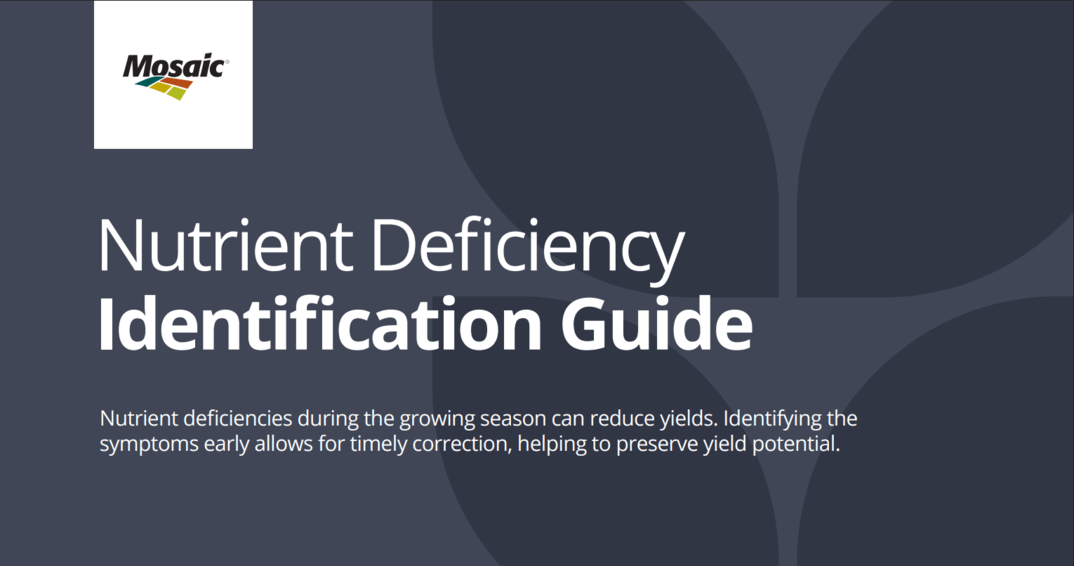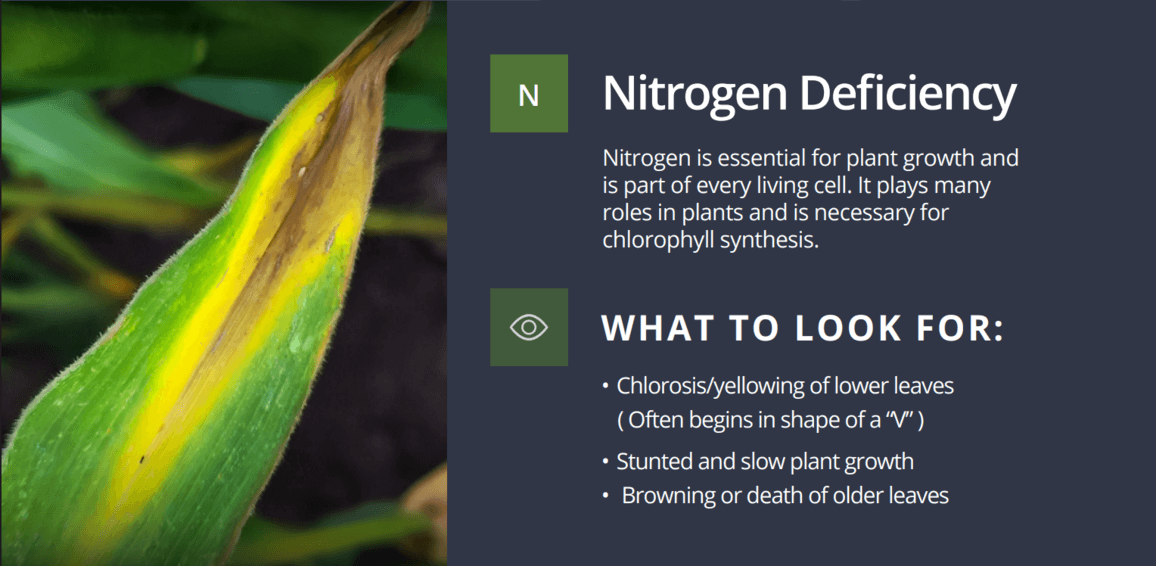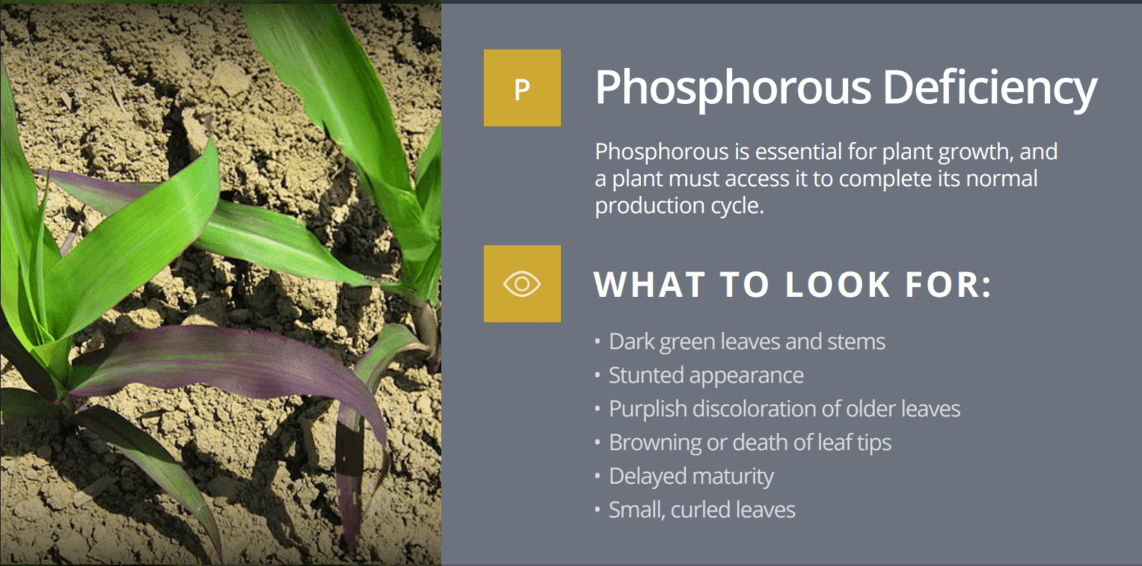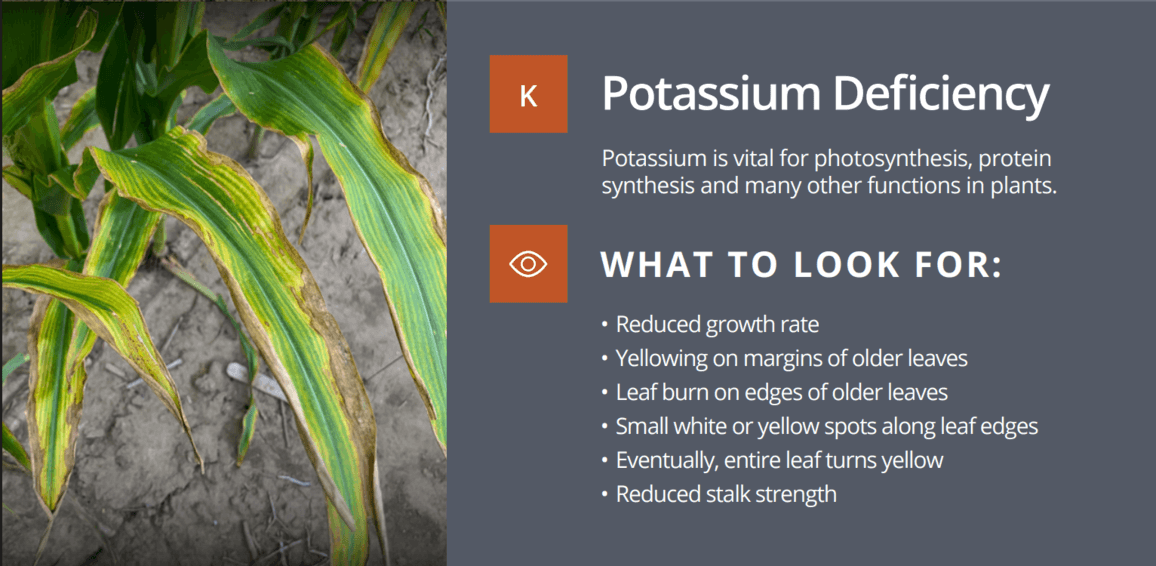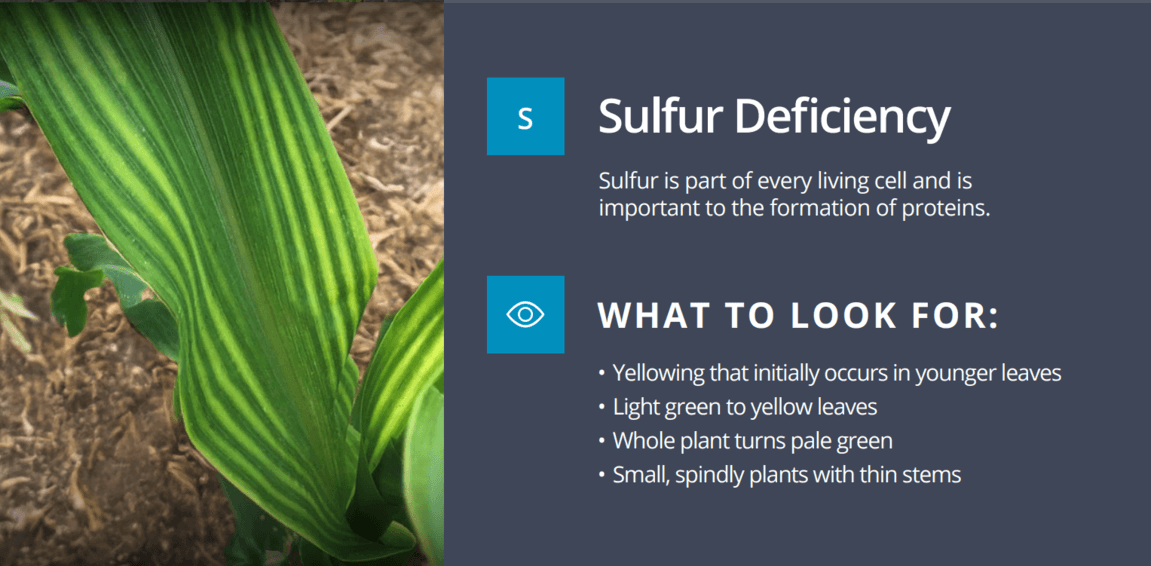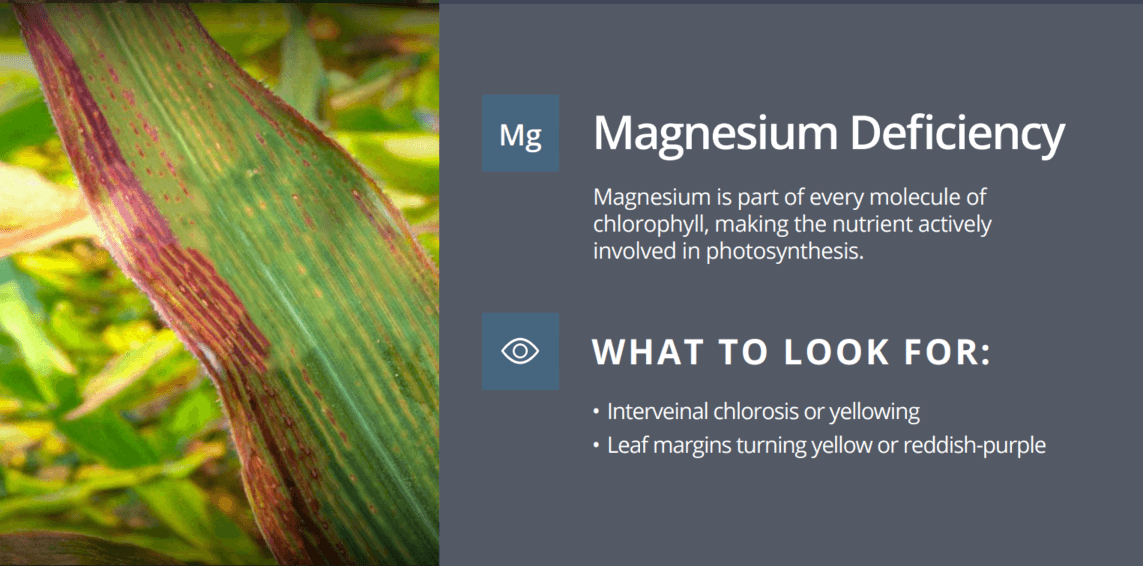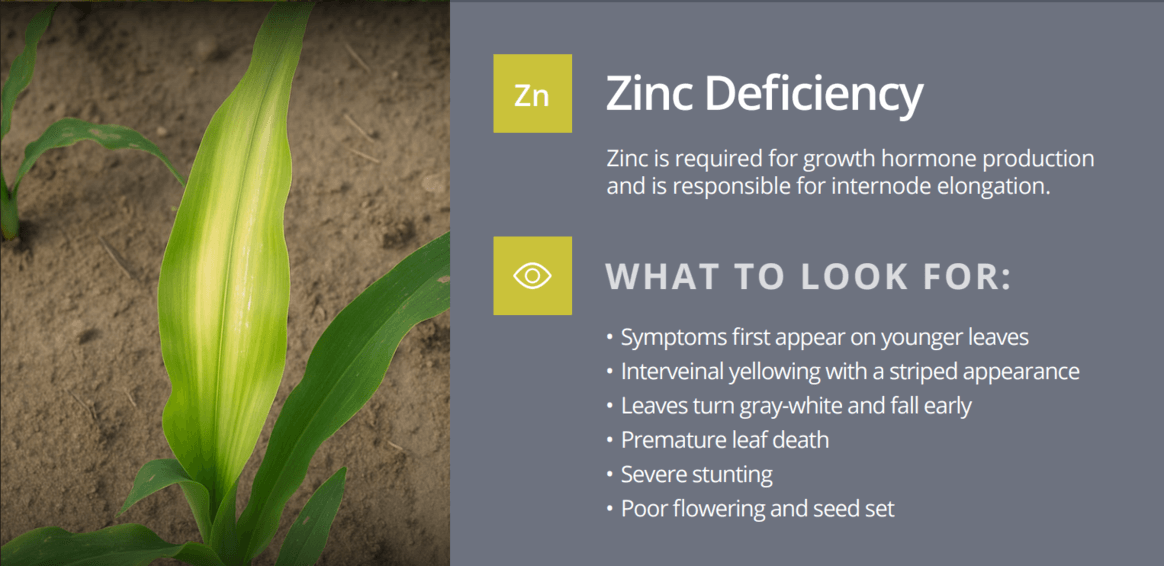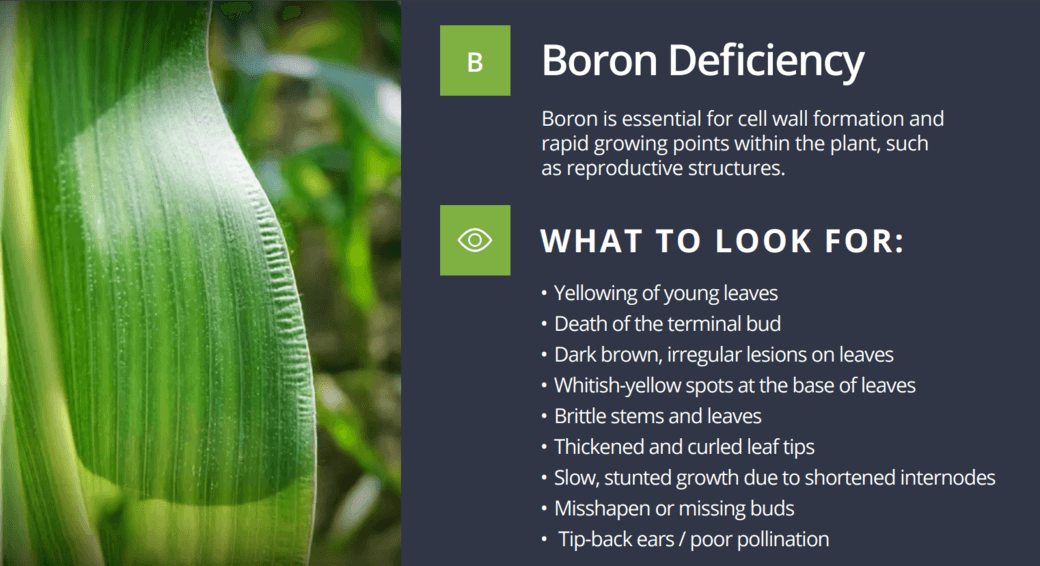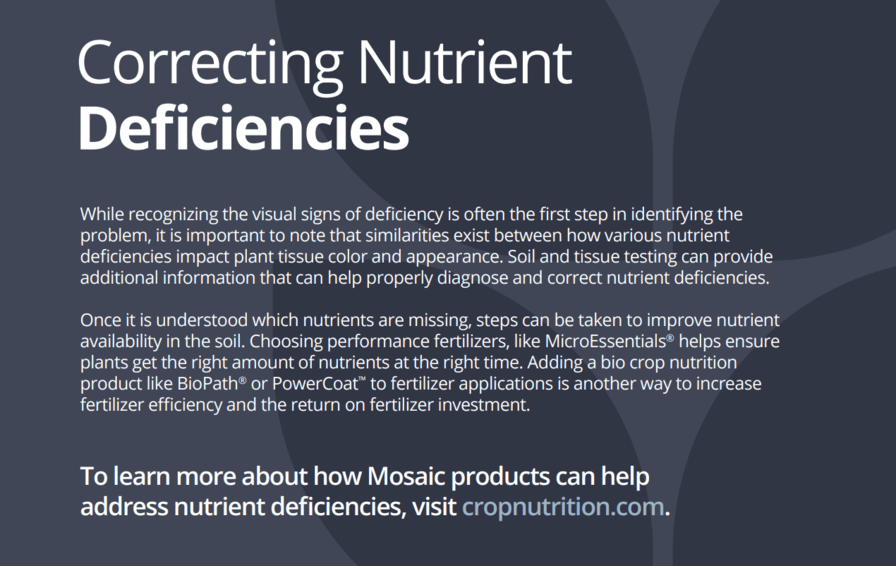Nutrient deficiencies in crops occur when essential nutrients required for optimal growth and development are lacking in the soil or are not taken up adequately by the plants.
There are, of course, tried and true techniques for identifying the nutrients your crops are currently receiving, and those they’re lacking. Understanding the composition and health of soil is crucial to getting the most out of your fields. And what you do with that knowledge makes all the difference.
Soil Analysis Techniques
There are three classic techniques for measuring the nutrients available to your crops. One starts at the source, one looks at individual plant health, and another takes a holistic view of your field.
Soil Testing
Soil testing is a fundamental technique used to assess soil fertility and determine the appropriate fertilization required. It involves collecting soil samples from various depths and locations across a field and analyzing them for parameters such as pH level, electrical conductivity, nutrient content (Nitrogen, Phosphorus, Potassium), and organic matter content.
These tests help in making informed decisions about nutrient management and can significantly impact crop yield and health.
Tissue Testing
Tissue testing is a complementary analysis to soil testing, providing crucial information on the nutrient status of crop plants. By sampling plant tissues at critical growth stages, farmers can detect nutrient deficiencies or toxicities at an early stage. This enables them to adjust their fertilization strategies more precisely, promoting optimal plant growth and maximizing crop yield. Tissue tests typically analyze the concentration of essential nutrients in the plant, such as nitrogen, phosphorus, potassium, calcium, magnesium, sulfur, and micronutrients.
The results guide farmers in fine-tuning their nutrient management plans, ensuring that crops receive the necessary nutrients at the right time.
Remote Sensing
Remote sensing technology has revolutionized the way soil analysis is conducted. By utilizing aerial imagery from satellites or drones, farmers and experts can obtain detailed information about soil moisture levels, vegetation health, and land use patterns. This non-invasive method allows for the monitoring of large areas efficiently, aiding in the detection of soil variability, potential diseases, and waterlogging issues.
The data collected through remote sensing can be integrated with Geographic Information Systems (GIS) for precision agriculture, optimizing resource use and improving overall farm management.
Corrective strategies for improving nutrient uptake
Once you understand what your crops are missing, there are steps you can take to improve their nutrient uptake. Different corrective strategies contribute to enhancing nutrient uptake in their own ways. Fertilizer is an obvious choice—but the fertilizer you choose makes all the difference.
Fertilizers
With MAP/DAP blends, it can be difficult to ensure plants are getting the right amount of nutrients at the right time across their growth cycle to actually see increased yields.
But with MicroEssentials®, you can be sure of it.
MicroEssentials® delivers the nutrients in one single granule. Through a groundbreaking design that utilizes phosphorus as the vehicle to deliver essential nutrients, MicroEssentials solves the typical challenges with nutrient distribution, uptake and availability. One uniform, consistently-sized granule fuses key nutrients crops need, packed with crop nutrition innovations.
This is accomplished through Fusion Technology. By balancing a careful ratio of vital nutrients into each individual granule of fertilizer, Mosaic’s proprietary Fusion Technology allows for uniform nutrient distribution, season-long sulfur availability and improved nutrient uptake—so that every plant gets what it needs to thrive.
The next-level tool for improving nutrient availability? Biologicals.
Biologicals
The Mosaic Biosciences portfolio of nutrient use enhancement technologies activates the connection between microbes and nutrients in the soil. Their symbiotic relationship helps break down soil-bound nutrients to make them more accessible and available to plants, while enhancing the microbial activity in the soil.
Adding a Mosaic Biosciences nutrient use enhancement products like BioPath® or PowerCoat™ to your crop nutrition plan helps increase fertilizer efficiency, ultimately increasing the return on fertilizer investment.
To find out more about how Mosaic products can help your farm, reach out to speak to a Mosaic representative by filling out the form here.
